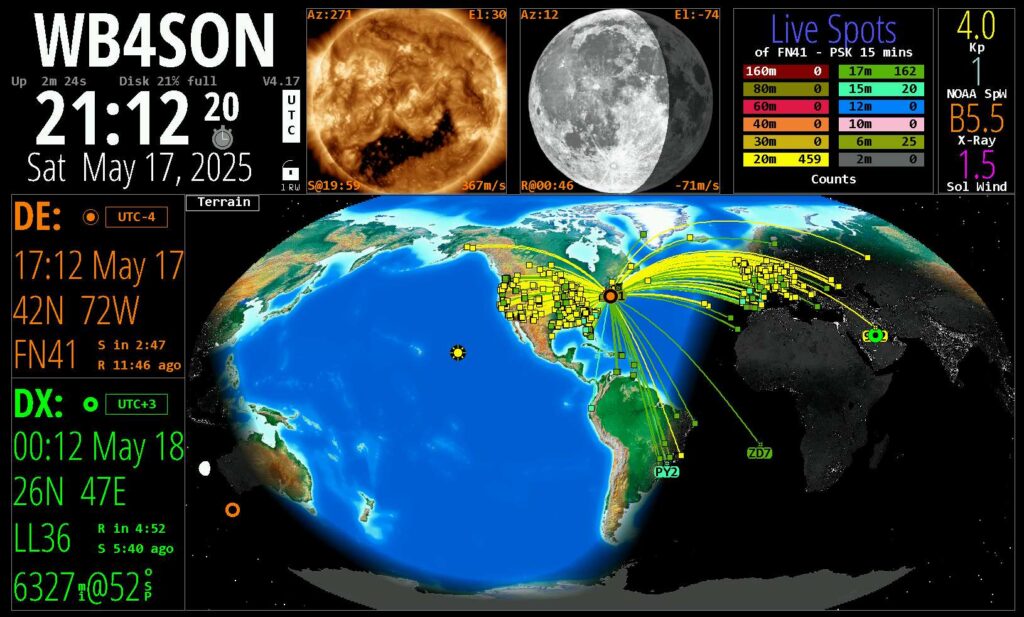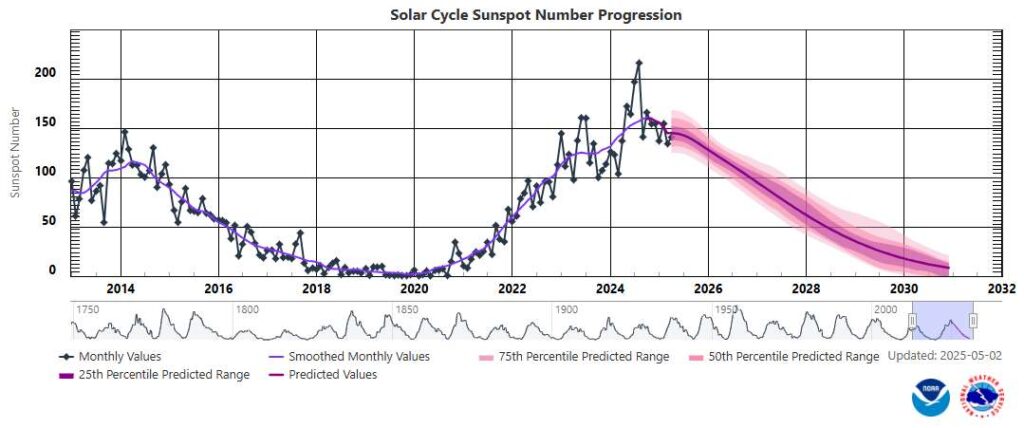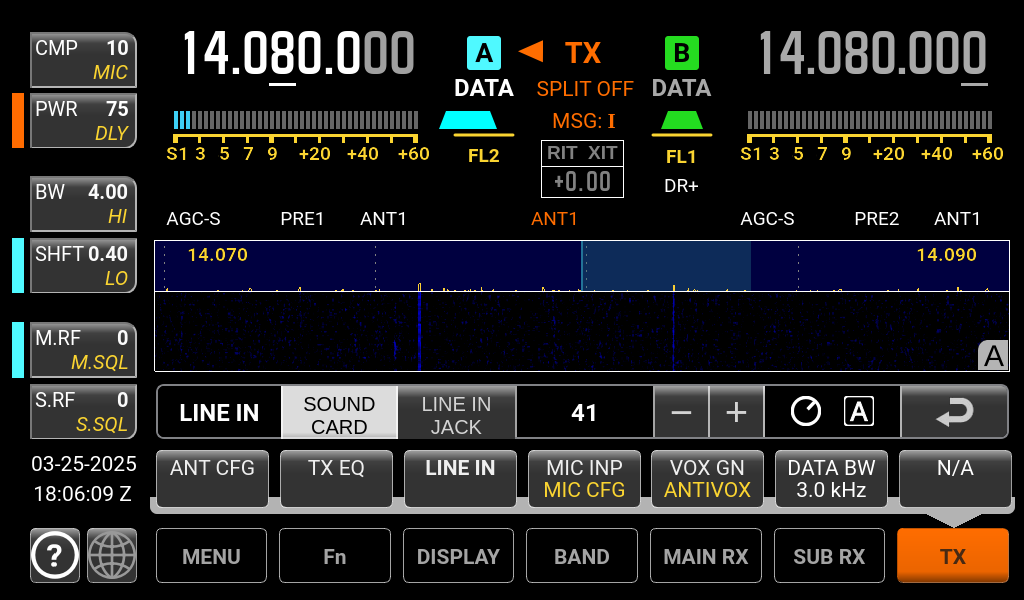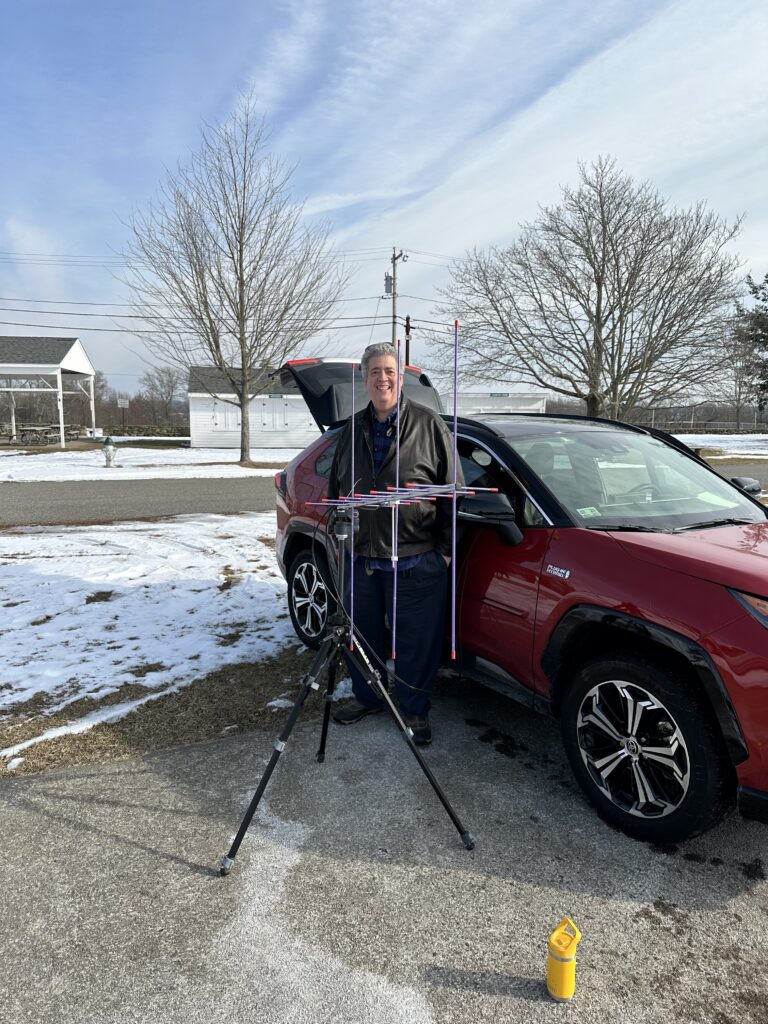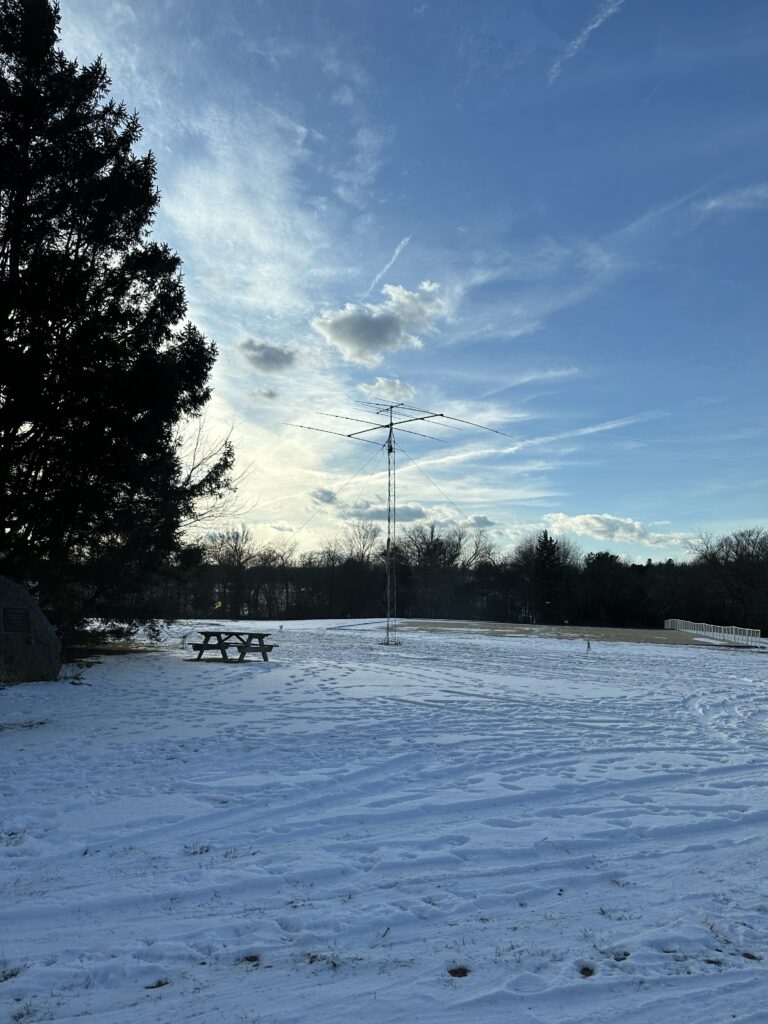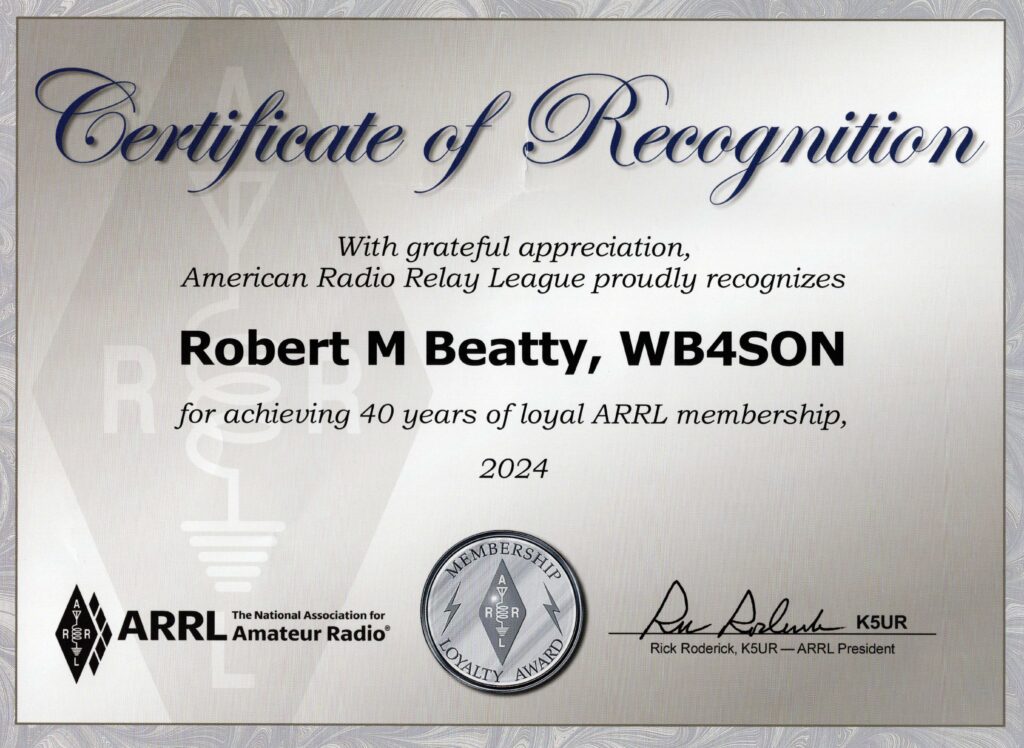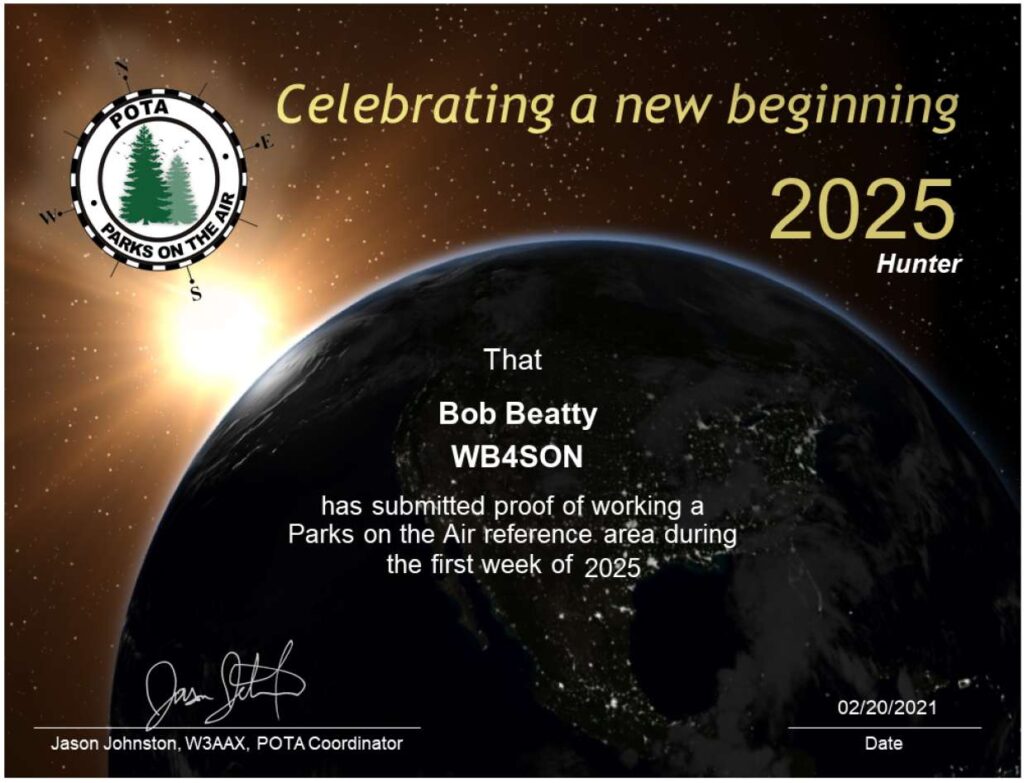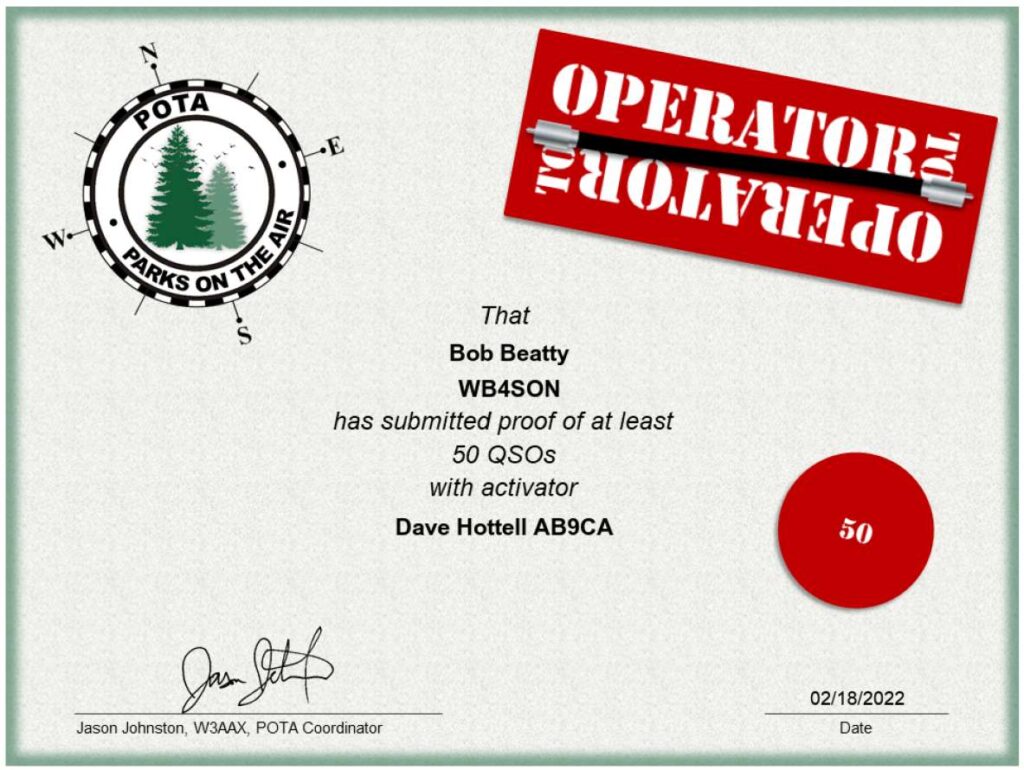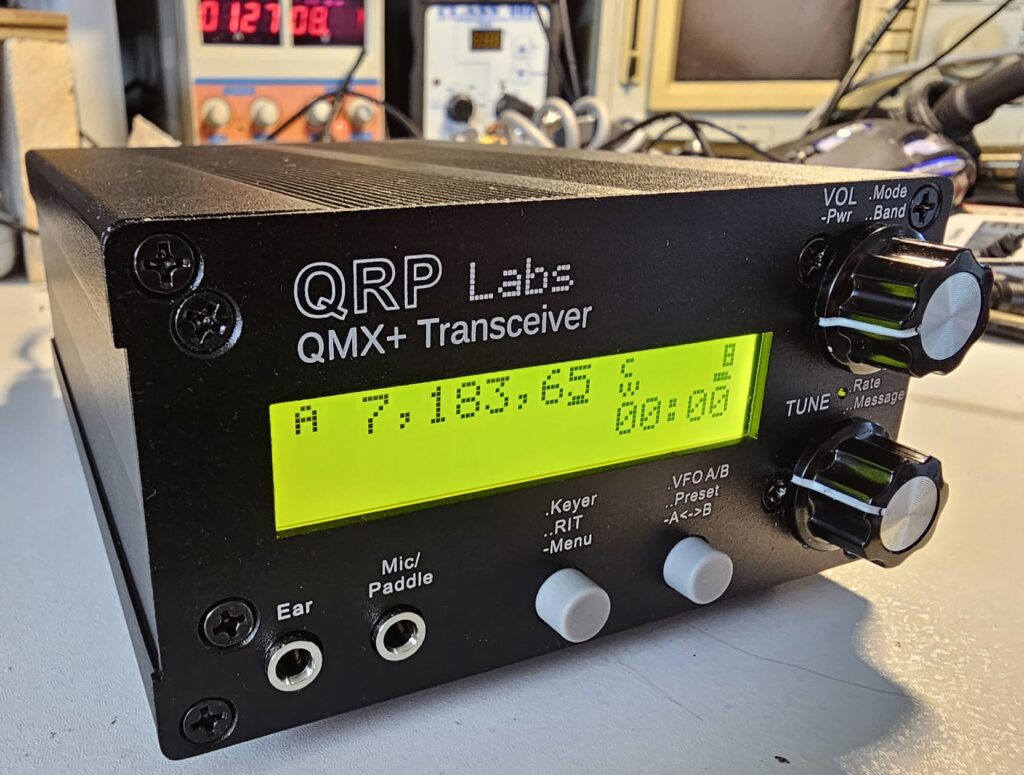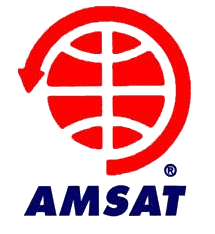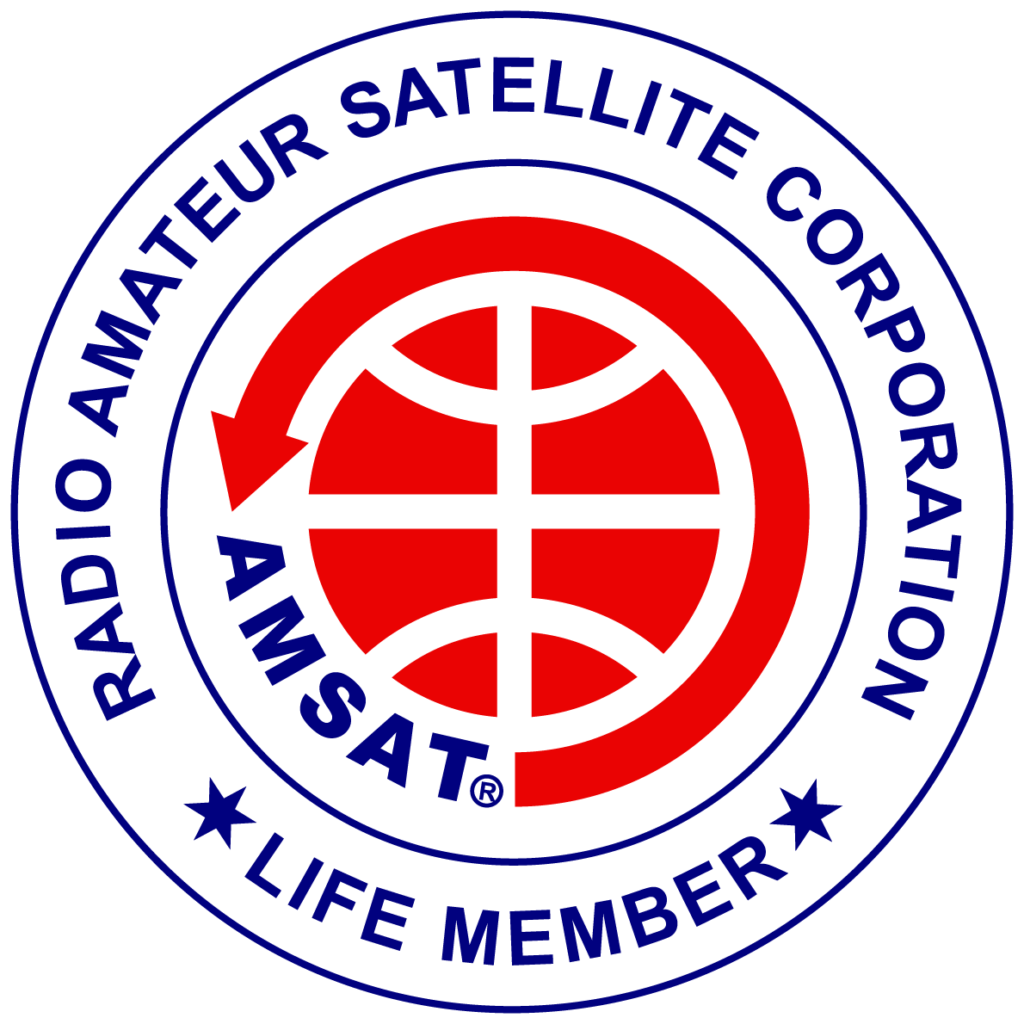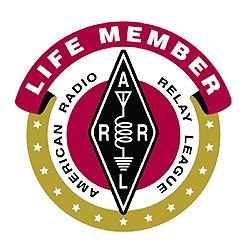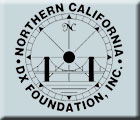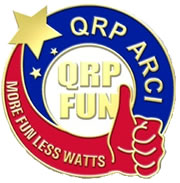A friend of mine, Scott WX1X, often messes around with ham related projects like radios from QRPlabs, or keeping is SWAN 500 on the air. Several times on our club’s HF net, he has mentioned messing around with HamClock, something I was vaguely aware of.
Time is not my friend, as I have little to spare, and while it was tempting to take one of the several Raspberry Pi sets I have laying around doing nothing, and convert it into a HamClock, I did some digging to see if there was a turn-key solution out there. That lead me to a company in Oregon called Inovato, which was selling a device called the QUADRA4K. It appears to be a commercial product designed for Kiosk-like applications, with a HDMI output that can run up to 4K, built-in WiFi, and hardwired Ethernet plus a couple of USB-A ports. But the best feature was that it was already setup to run HamClock out of the box.
There are two ways of setting up the device, one is to purchase it with a cheap keyboard/ USB dongle ($10), which is what I did, and the other is to simply plug the $49 QUADRA4K into a hardwired ethernet connection. The second would be much faster, but it did not work when I tried it. I had to plug in the keyboard and HDMI display. Once I did that, I was able to see the desktop and start the setup program running. As soon as I entered my callsign, the unit prompted me to allow it to update the firmware (to version 4.17), which I did. At that point, the ethernet connection came to life, and I no longer needed the keyboard or HDMI display.
After entering my grid square, I was off to the races, and could see HamClock on my HDMI display, or on any computer on my network, by going to the correct URL.
I was curious to see if there was a power consumption difference between having the HDMI display attached, or not. Indeed there is, as the CPU runs about 10 degrees cooler without the HDMI display (121F vs 135F). Without the HDMI display the QUADRA4K consumes about 1.7 watts of power. Adding the display increases the power consumption to 2.0 watts. (By the way, if you boot up the QUADRA4K without a HDMI display, plugging one in later will require a reboot to get things going again).

